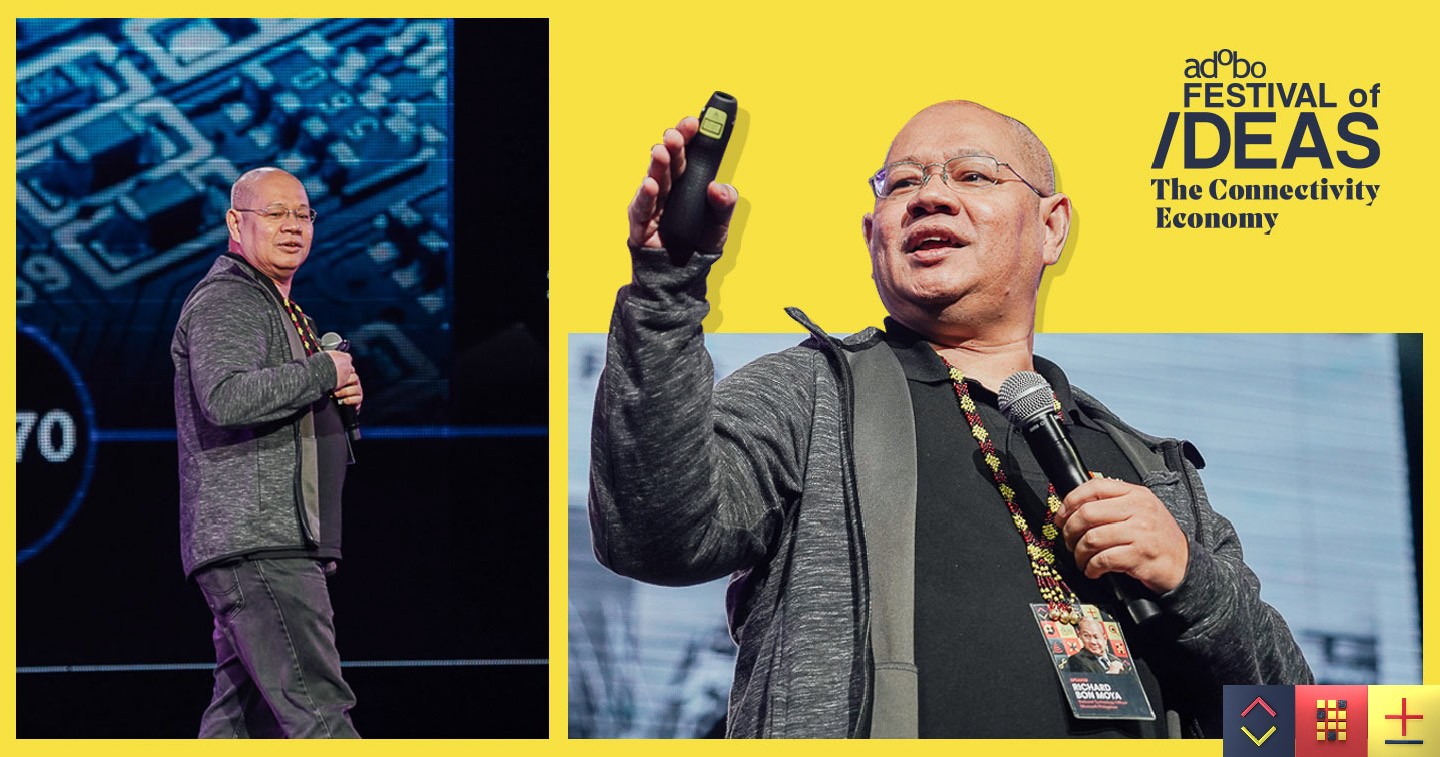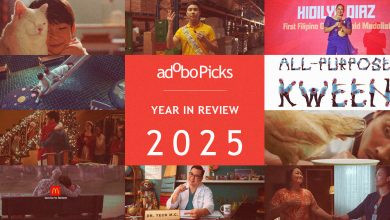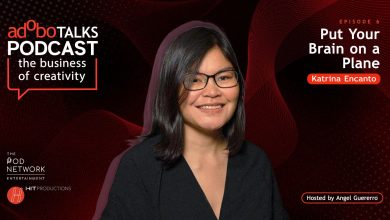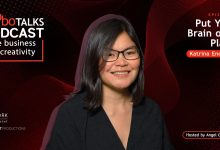MANILA, PHILIPPINES – What does the panda bear have to do with digital transformation? Microsoft Philippines‘ National Technology Officer Richard Bon Moya says the panda bear, despite being universally loved and recognized for its cuteness, is not what today’s businesses in the Philippines should emulate.
For his session at this year’s adobo Festival of Ideas at the Newport Performing Arts Theater in Resorts World Manila, the former Undersecretary for the Department of Budget and Management walked the audience through a timeline of industrial and technological shifts in history as well as enumerated some key strategies for industries to stay relevant and avoid obsolescence.
According to Moya, disruptive technologies (such as wireless technology) have not just changed how we work but also how we live our lives. However, despite the glaring impact of technology’s rapid evolution on people’s lives and entire industries, there are opposing schools of thought in IT: some say we talk too much about IT, while there are those that believe we are not talking about IT as much as we should. Moya stands with the latter, and made the case throughout his session.
Digital transformation: Fourth industrial revolution
Using the Black Friday Sale’s effect on business sales as an example of the digital shift’s impact on business, Moya stated that if your business is not online, then your business may as well not exist. Giving the audience a quick history lesson on how industries have transitioned in congruence with this digital shift, Moya explained how the retail, healthcare, and financial service industries had transformed practically overnight.
In history classes, we’ve been taught that the Industrial Revolution refers to the invention of steam engines and mechanized production in the 1780s. But we often overlook and forget that there the world has seen a couple more industrial revolutions since then (mass production via electricity and automated production) and that today, we are currently witnessing a fourth industrial revolution with digital transformation as digitized production takes over how we do things.
Moya pointed out that despite this reality, many businesses and services in the Philippines are actually still stuck in the first and second revolution; operating according to systems that are fashioned after the antiquated assembly line concept (e.g. our educational systems and labor laws are designed from pre-digital structures). Almost like a cautionary foreboding while looking to the past, Moya showed how in the span of time it took for the Internet to dominate our way of life, so many industries and paradigms have disappeared — more than any other period in history. With digital transformation, everything is constantly and rapidly shifting.
Think digital
So how do you navigate an area that you don’t know about, that you can’t predict, that hasn’t been tried and tested? With this shift comes emerging risks, wherein businesses have to make the choice whether to stay analog (as this realm is familiar, reliable, and not sensitive to digital glitches) or to reframe the perspective. Through the words of Microsoft CEO Satya Nadella, businesses are advised to shift the way of thinking and think like a tech company, regardless which industry they fall under: “Every company is a software company. You have to start thinking and operating like a digital company. It’s no longer just about procuring one solution and deploying one. It’s not about one simple software solution. It’s really you yourself thinking of your own future as a digital company.”
Trust is the currency
With the mainstreaming of customized services like Grab and AirBnB, there’s an implicit trust between both parties in every transaction. This is something that never quite existed before the advent of mobile technology and our reliance on app services. Today, in the digital economy and in digital technology, trust is the new currency. Therefore, IT investments should not merely be viewed as operation expense but as an asset that generates the trust currency. For businesses to succeed in this digital economy, it’s crucial to build a foundation of trust and this is only possible with all four pillars: security, privacy and control, compliance, and transparency.
Richard Bon Moya, @MicrosoftPH National Technology Officer, urges the crowd to NOT be a panda bear in today’s digital world (a panda bear is near extinct because it lives on one type of bamboo alone; you must be adaptable, resilient, and not merely cute). #adoboFOI2019 pic.twitter.com/f9ncfqSs2C
— adobo magazine (@adobomagazine) December 5, 2019
How to adopt the latest technology when the enabling environment cannot adapt as fast
This is the predicament that many businesses and industries have been facing, especially in a country like the Philippines. There are strategic threats, like repetitional harm, ransomware, operational disruption, and technological obsolescence. In just less than a decade, several products that were once deemed as innovative and life-changing, became obsolete in just a decade or less (such as the floppy disk, the pager, and the dial-up modem).
Nonetheless, with risks come opportunities, such as recognizing how despite its vulnerability to climate conditions and archipelagic geography, the Philippines is a natural cloud client because of its resiliency and potential to embrace digital — one only needs to check the global stats for most number of Facebook and YouTube users to know how much Pinoys spend online on their phones. Moya enumerates several more opportunities that industries in the Philippines should recognize and seize in order to leverage digital and thrive into the future and not risk becoming obsolete.
Closing the session, Moya returns to his original question on the panda bear: It is not enough to be cute or popular to succeed in the digital landscape; businesses must be adaptable, resilient, and relevant so as not to become obsolete.








